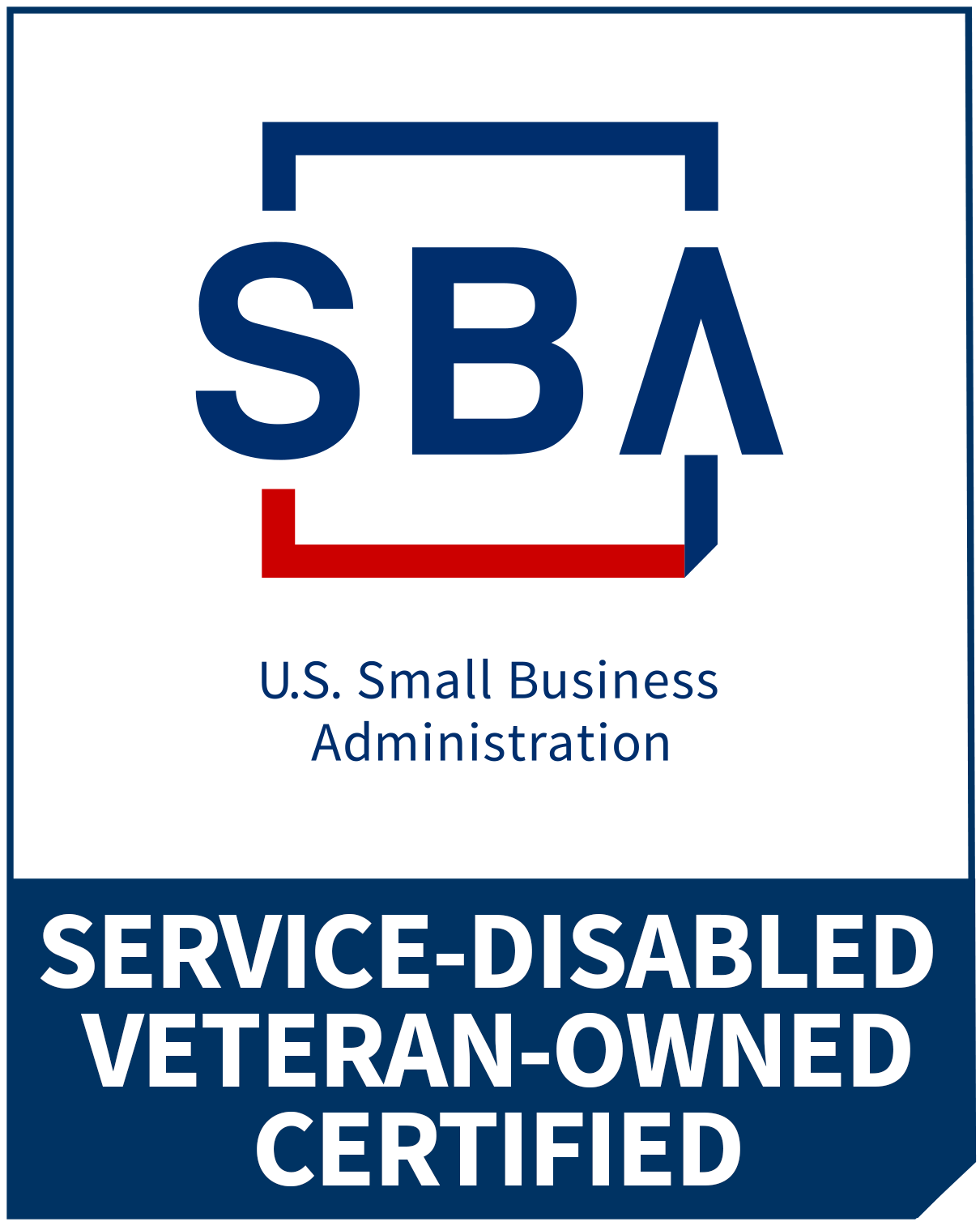It was a long time ago that I first wrote about the difference between CS and CX. Here, define CS as Customer Support, Customer Service, Customer Success, or Customer Care (that last one is actually CC, but you get the drift). Yes, they’re all actually different among each other, so shouldn’t always be lumped in together as the same thing, but they’re all not CX per se, so I will just for this little article.
Thinking about this, it actually rhymes with a conversation I was recently having with someone who’s in “CX” in her company’s Contact Center/Customer Care department. I use the “quotes” here because, as you know, one of the banes of my existence is that when I say “CX” (those are genuine quote marks, not the pretend kind…I mean, literally quoting me saying that: “See Ecks“), at least usually more than, half the time, people think I’m talking about Customer Care, Customer Support, Customer Service, the contact center, etc. That’s an important part of the CX world, and what goes on in that organization surely impacts a brand’s CX.
But CX is not CS. At least not just CS.
But what if, understanding that, someone is in CS (and here, CS means all those things…contact center, Customer Care, etc.) and wants to do CX? What role does that person play?
Well, here there are really two answers:
One: As I often say, CS can be (and rightly ought to be) a robust source for CX efforts. Sure, surveys, Walking in the Customers’ Shoes, interviews, SoMe scraping…all that other stuff is a great source of VoC and Customer insights. But one very straightforward way to identify ways in which any brand can improve its CX is to waltz down to the contact center and ask, simply, “Hey…what are y’all getting calls about?” A simple Pareto Chart listing the reason codes for cases open with the Customer Care department can offer a quick-and-easy answer to the What’s bugging our Customers? question…or, at least, a good first place to start looking. In this sense, CS can play a huge role in getting the CX/Improvement ball rolling. This also applies for Customer Success…ask your account leads what their Customers find troublesome about your processes. Better yet, ask those Customer Success team members what their biggest lift is; after all, a bulk of their job is to shepherd your Customers through your processes, so they have a front-row seat for what could be done better, if only to make their own jobs easier.
These insights should play a huge role in the biggest part of CX: Your Process Engineering efforts.
But how to break though? How to get someone to listen to you? (After all, when it comes to a knock on the door down in the Product Department or the Engineering Department with an “offer to help” and advice on what they should probably do differently, CS is second only to Marketing in who they don’t want to hear from.) That’s where this comes in:
Two: Make impact where you can. I don’t often broadcast this, but my initial job in CX was as a Director within a CS organization of a huge company. As such, I was definitely not in a position to, say, take the insights we had and simply pop into the Product Department (of any of our myriad products, mind you) and say, “Hey there! I’m Z. I’m from Customer Support and Service and I’m here to tell you the ways that what you create has got our Customers complaining, and how I think you should fix it.” But what I could do was talk with my colleague who owned the Contact Center and all the bits and pieces there. I could talk to my colleague who owned the Field Services branch. Together we could improve the Customer Support and Service issues that we had complaints about (hold times, how our field agents interacted, how our supply chain handled replacements and parts delivery, etc.). This helped twofold: First, our own internal CX (i.e., CS’s CX) would get better, which is always good. And second, we could use that as an example, whenever we were in contact (natural contact, we’d still not march down there and barge in) with any other organization within the company and demonstrate how listening to what our Customers were saying and then acting on that was a good way to improve CX. “Look,” we’d say, “at what we’ve been able to do by acting on the insights we’ve gained in our own interactions with the Customers by way of improving what we do to better impact their experiences. If you’re interested, we have some insights you may be interested in as well.” Here, we’re drinking our own champagne, as they say.
We didn’t necessarily play a role in any of those improvements, but it made a powerful impact. So can you in (and from) your own CS organization.




